Recently, Deputy Prime Minister Tran Hong Ha signed a decision approving the master plan to turn Mang Den in Kon Tum province into one of the country's tourism , resort and cultural centers.
Dalat of the Northern Central Highlands
When it comes to Mang Den, many people immediately think of a wild land with vast green forests, unique cultural features of the indigenous people, especially the year-round cool climate.
From Kon Tum City, we followed National Highway 24 for about 60 km to reach Mang Den Town, Kon Plong District. This season, along both sides of the road are patches of bright yellow wild sunflowers, swaying in the wind. It was noon, just reaching the middle of Mang Den Pass, about 10 km from the district center, we felt our ears gradually ringing due to the sudden cold. And, we knew we had set foot on the land known as "Da Lat of the Northern Central Highlands".
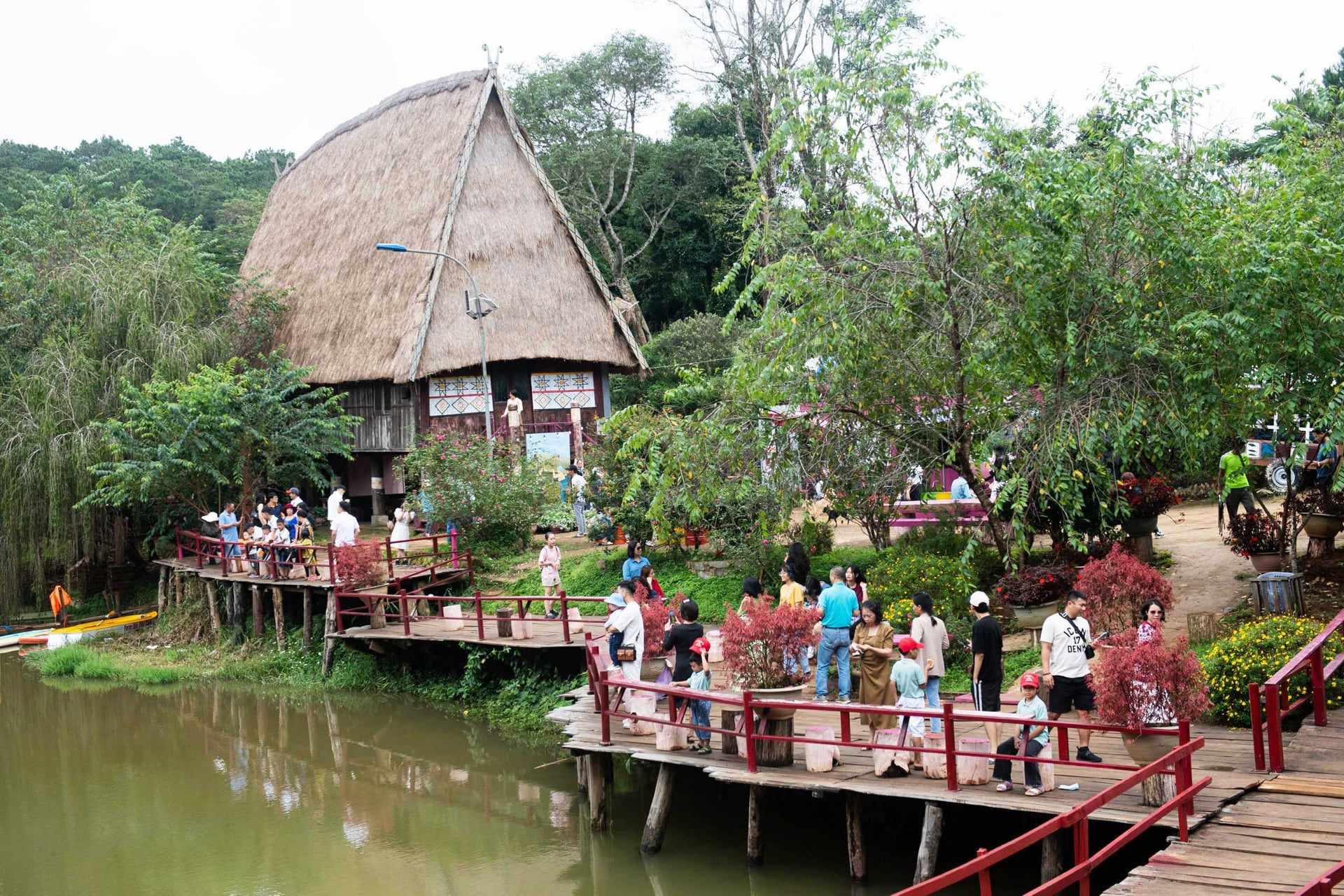
In recent years, tourism in Mang Den has changed significantly, attracting hundreds of thousands of visitors each year.
Exactly 10 years ago, we first came to Mang Den when Kon Tum province announced the Prime Minister 's Decision 2013 approving the planning for the construction of the Mang Den national eco-tourism area. At that time, National Highway 24 was still winding and difficult to travel, not smooth and soft like a silk strip across the hillsides like it is now. The primeval forests full of ancient trees, the green pine hills, the cold air, the fog... were still the same, not much had changed.
Since the early 20th century, the French discovered this land with an altitude of over 1,200 m, cool climate and many beautiful landscapes. Therefore, they wanted to turn this place into a resort and planted countless pine trees. Thanks to that, Mang Den now not only has a vast primeval forest with countless species of precious wood but is also surrounded by lush green pine forests.
Many people think that Mang Den is blessed with a cool climate, but for me, the fact that it rains and winds almost all year round is somewhat harsh. However, for those who are too used to the heat, dust, and hustle and bustle of the city, Mang Den is truly blessed with many natural benefits.
In Mang Den, indigenous peoples such as Mo Nam, Xo Dang, Ca Dong… have lived for generations. They have traditional and unique cultural features and customs that are still preserved to this day.
Significant change
In recent years, the Kon Tum government has made many decisions to turn the "sleepy" Mang Den into a tourist center of the province and the whole country. Since then, Mang Den has made a clear change as the number of tourists has increased. By the end of November 2023, Mang Den had welcomed 930,000 visitors, nearly double that of 2022.
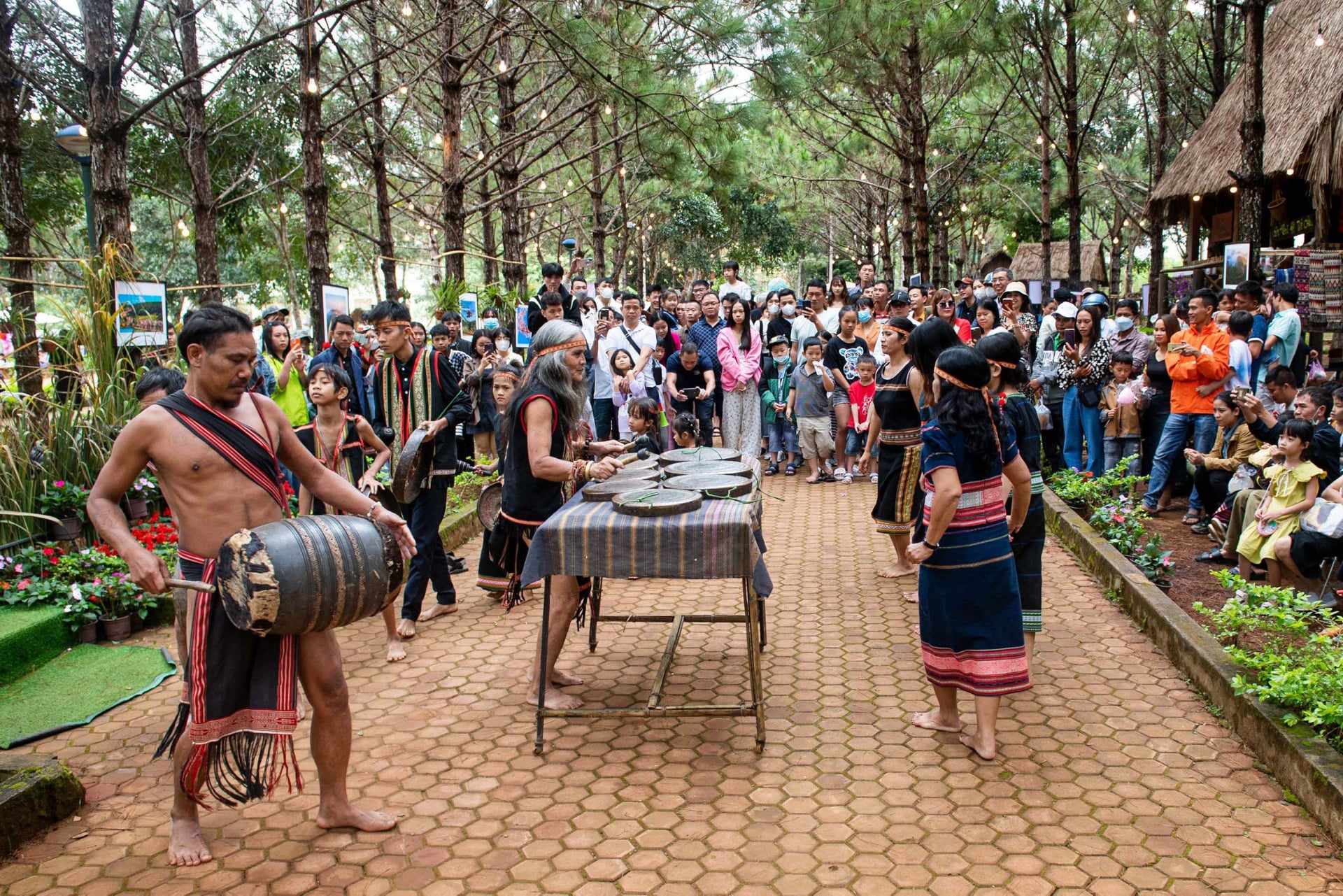
Ms. Y Lim - resident of Kon Pring village, Mang Den town - said that in the past, people in this area only depended on a few rice fields and cassava fields to make a living all year round. Not only her family, many people in Kon Pring village also often suffered from food shortages during lean seasons.
"At that time, people worked a lot, from growing rice to growing cassava, building huts..., but still not enough to eat" - Mrs. Y Lim recalled.
By 2019, seeing that Kon Pring was still very wild despite being close to the district center and surrounded by beautiful scenery, Kon Plong chose this village to build a tourist village. Initially, the district built 3 long houses to welcome tourists to stay. Gradually, the good news spread far and wide, and many tourists came, so the villagers expanded the rooms for tourists to stay.
According to Ms. Y Lim, people from many localities have come to Kon Pring village for tourism, but the largest number of visitors are still from big cities such as Ho Chi Minh City, Hanoi, Da Nang... Coming to Kon Pring, visitors can experience the unique cultural features of the local people; enjoy many original dishes of ethnic minorities made from bamboo shoots, wild vegetables...; live close to nature, far away from the hustle and bustle of the city.
Thanks to tourists, the lives of Mang Den people have changed significantly. In addition to farming, villagers also participate in increasingly systematic and professional tourism services.
Kon Pring village has 70 households, of which 12 households specialize in serving tourists with services such as accommodation, selling specialty foods and handicrafts such as baskets, crossbows, etc. Other households that do not directly provide services support by going to the forest to pick rattan shoots, bamboo tubes, wild vegetables, etc. to serve tourists.
Nowadays, when it comes to economic life, Kon Pring villagers often brag about who is better off, no one complains about poverty or lack of food like before. "Thanks to providing services to tourists, the villagers' lives have changed not only economically but also in culture, communication, behavior..., everything is completely different from before" - Ms. Y Lim affirmed.
More than ten years ago, most of the people who came to Mang Den for tourism were elderly, fascinated by the wild beauty and climate of this land. One of the first people was Ms. Nguyen Thi Kim Dung. She gave up her business with over 100 employees in Ho Chi Minh City to come to Mang Den to build restaurants and hotels.
At first, there were few customers, many times Mrs. Dung wanted to return to Ho Chi Minh City, but with her love for this land, she was reluctant to leave. Up to now, after nearly 20 years of construction, her business has become the most popular place in Mang Den.
Mang Den today is crowded with shops, homestays, restaurants, etc. Unlike before, most business owners now are young people, coming to this land in the hope of a better life.
Towards national tourism
Mr. Nguyen Van Thang, Vice Chairman of Kon Plong District People's Committee, said that the Prime Minister's decision to approve the master plan for the construction of Mang Den Tourist Area until 2045 will help this land make a stronger change.
The planning research area includes Mang Den town and 5 communes: Mang But, Dak Tang, Mang Canh, Hieu and Po E, with a total of over 90,000 hectares. Of which, 19,000 hectares have no natural forest, and are used to build housing and urban projects...; about 71,000 hectares of natural forest are planned for tourism exploitation. In the future, Mang Den will become a national and regional tourism, resort and cultural center; an attractive destination in the Central Highlands with rich natural landscapes and biodiversity...
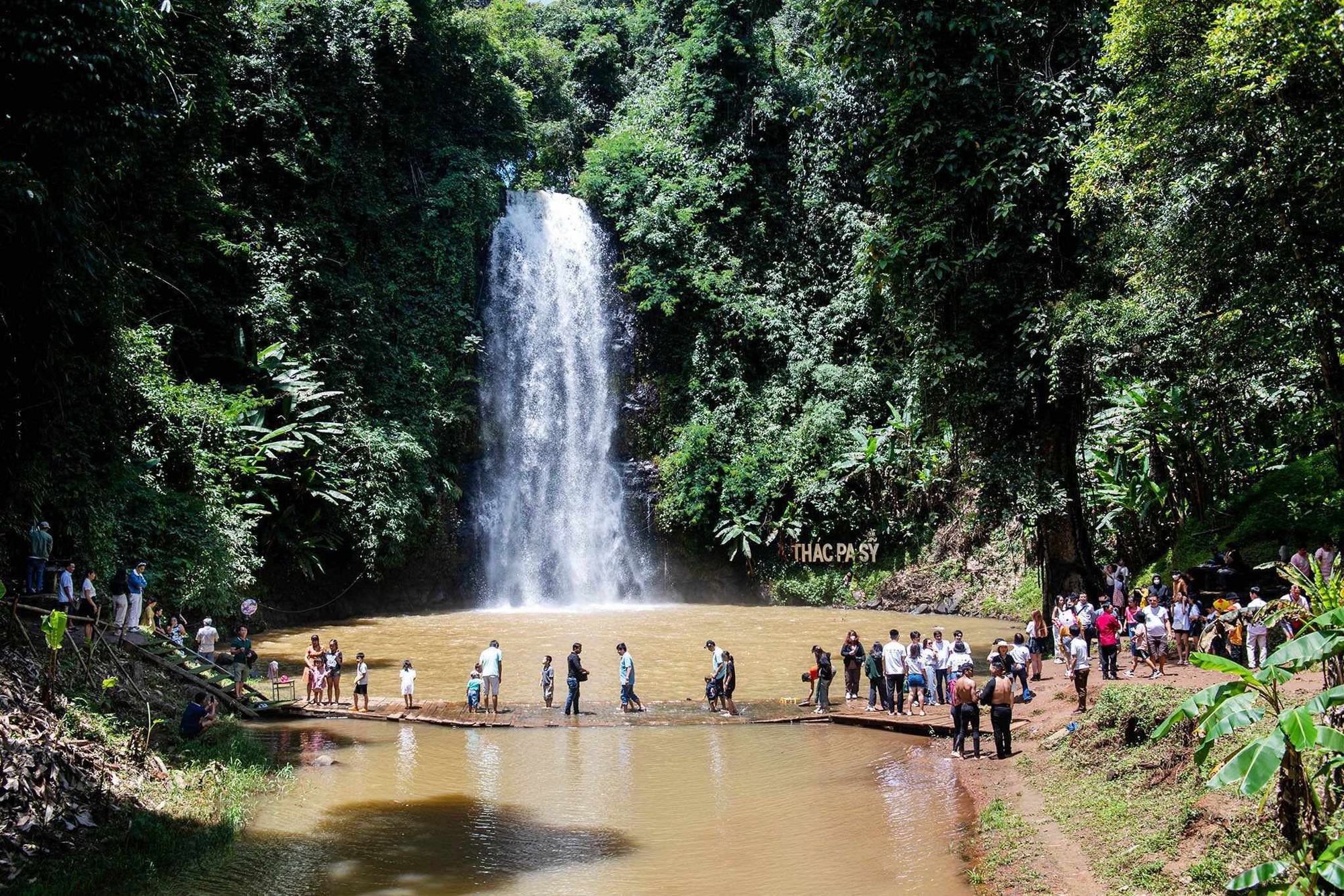
Previously, in August 2023, after Kon Tum province proposed, the Prime Minister agreed to add Mang Den airport to the airport planning. The investment cost of this project is 4,000 billion VND, under the public-private partnership (PPP) method. Mang Den airport is expected to have an area of about 350 hectares, with a designed capacity of 3 million to 5 million passengers/year, located in Mang Den town, implemented from 2023 to 2027.
According to Mr. Nguyen Van Thang, with the potential that Mang Den has, Kon Plong district will invest in developing types of eco-tourism, resorts; cultural tourism typical of the ethnic groups in the Central Highlands; adventure tourism, sports and picnics... The goal is that by 2025, Mang Den Tourist Area will basically meet the criteria of a national tourist area, becoming an attractive destination with a brand in the region, domestically and internationally.
"The government, businesses and local people will join hands in developing sustainable and friendly tourism. This consensus will help Mang Den tourism develop to a new height in the coming time" - Vice Chairman of Kon Plong District People's Committee expressed.
Attracting investment in tourism services
Mr. Dao Duy Khanh, Secretary of Kon Plong District Party Committee, emphasized that the locality identifies tourism as a comprehensive economic sector, inter-sectoral, inter-regional, highly socialized; bringing diverse economic, cultural, social, and foreign affairs effects; promoting the development of other sectors and fields of the district.
In the coming time, Kon Plong will implement many policies to further develop the tourism industry. In particular, the district will study and flexibly apply mechanisms and policies to encourage and attract strategic investors to mobilize and effectively use resources for tourism development. The district will focus on supporting and encouraging ethnic minority villages to preserve traditional cultural identities, especially gong cultural heritage; support the restoration of traditional occupations of ethnic minorities in the area to create diverse products, serving the sightseeing and shopping needs of tourists.
Besides, Kon Plong will carry out administrative reform well, improve the investment and business environment to create a favorable environment, equal and fair competition to attract investors in tourism services.
Source


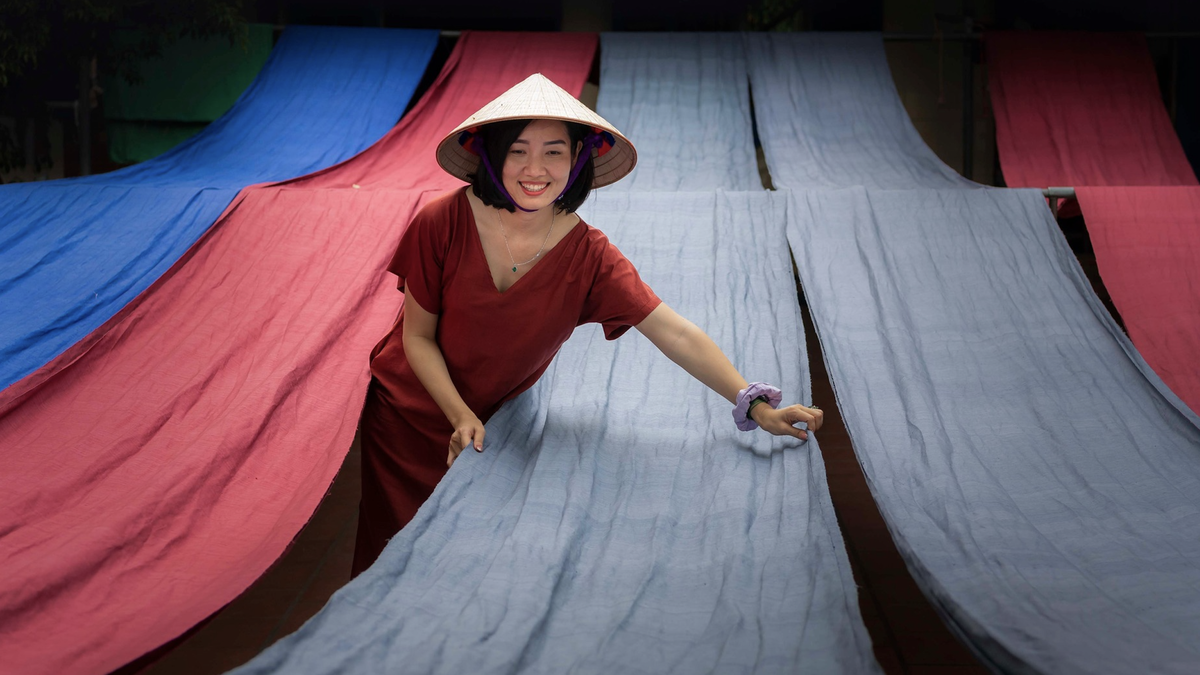

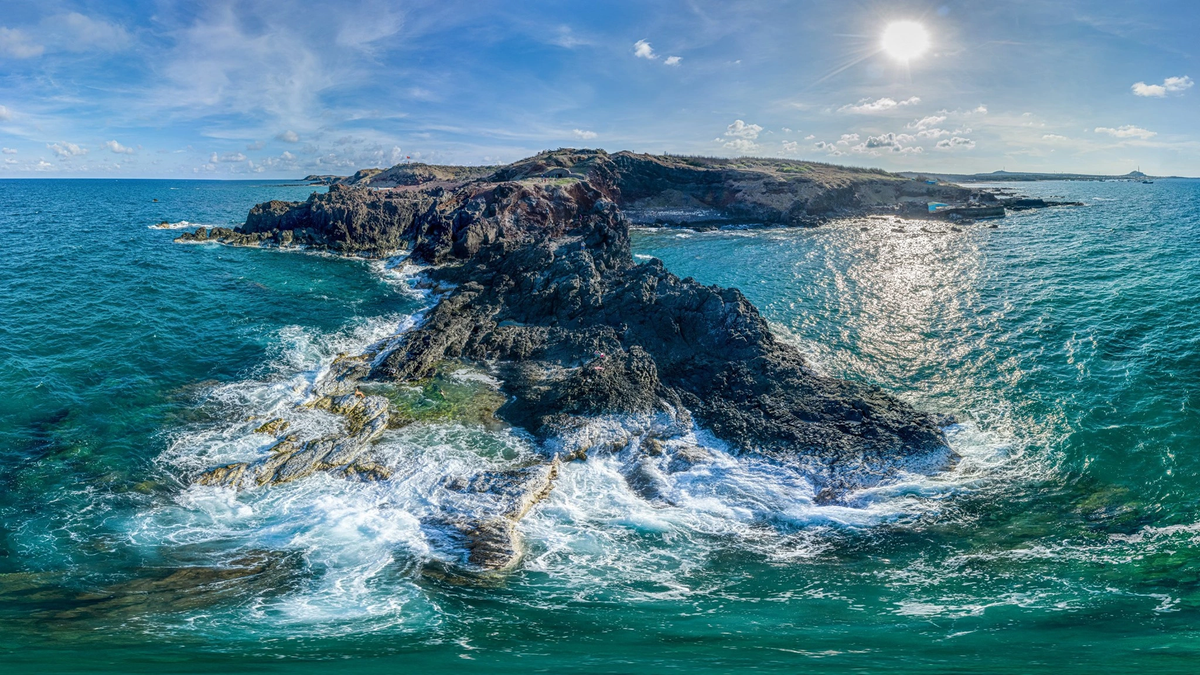

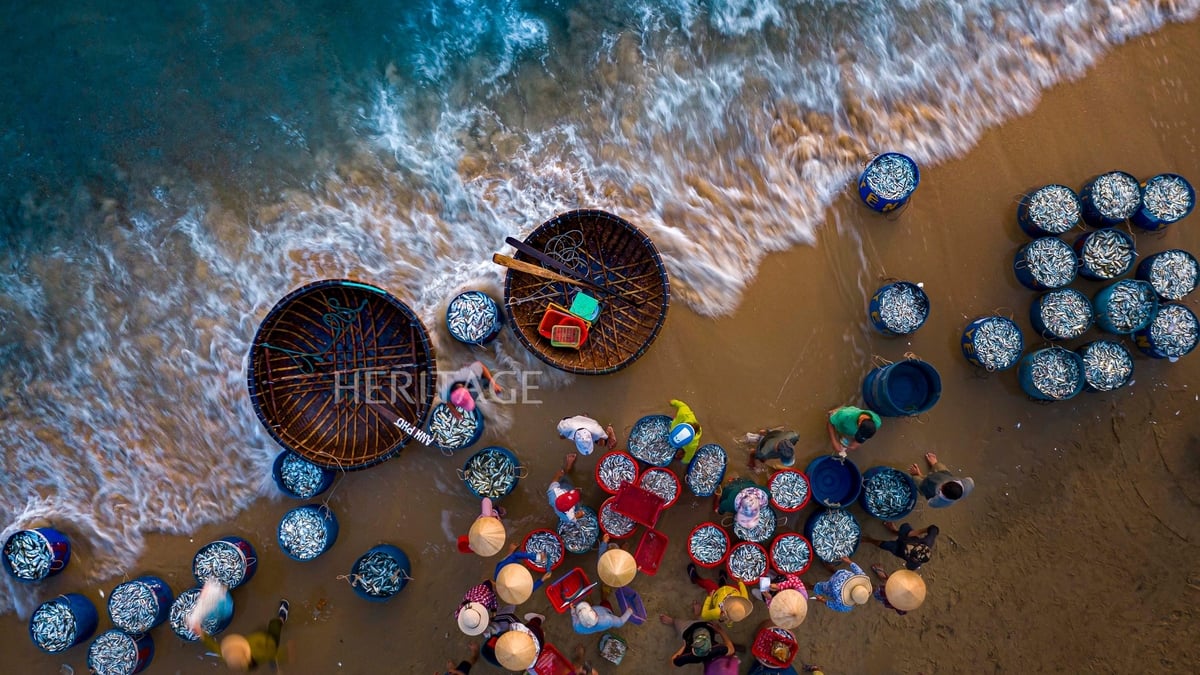
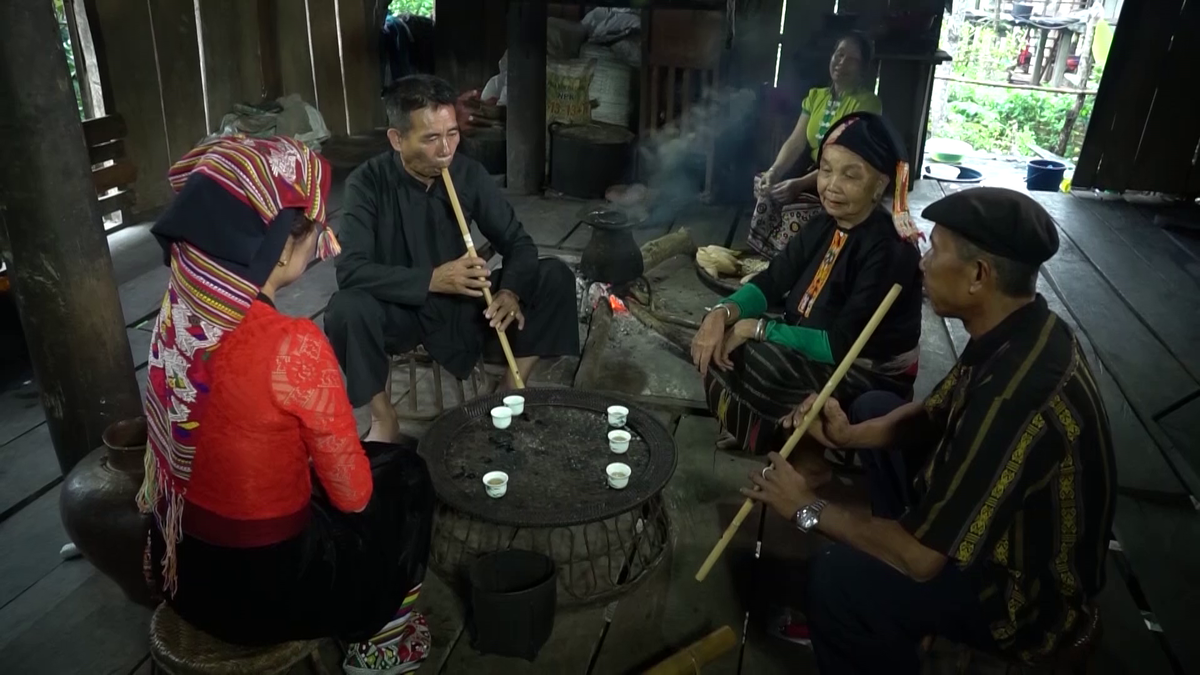





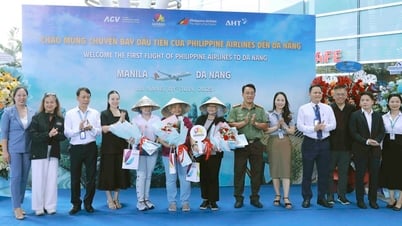
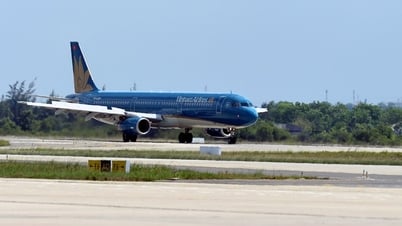
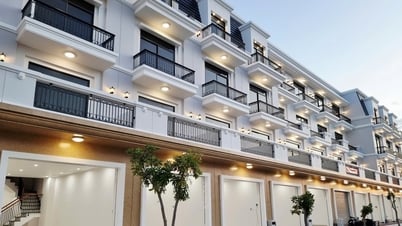





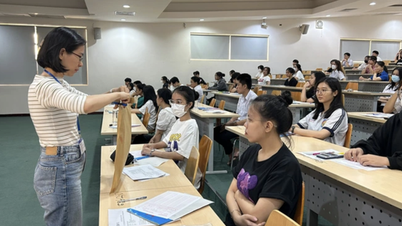
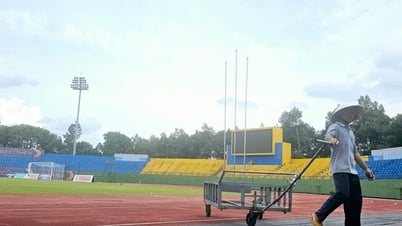
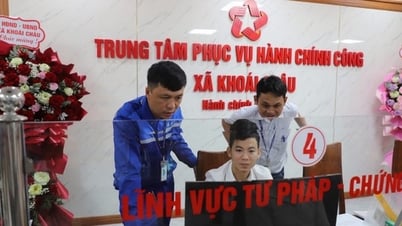


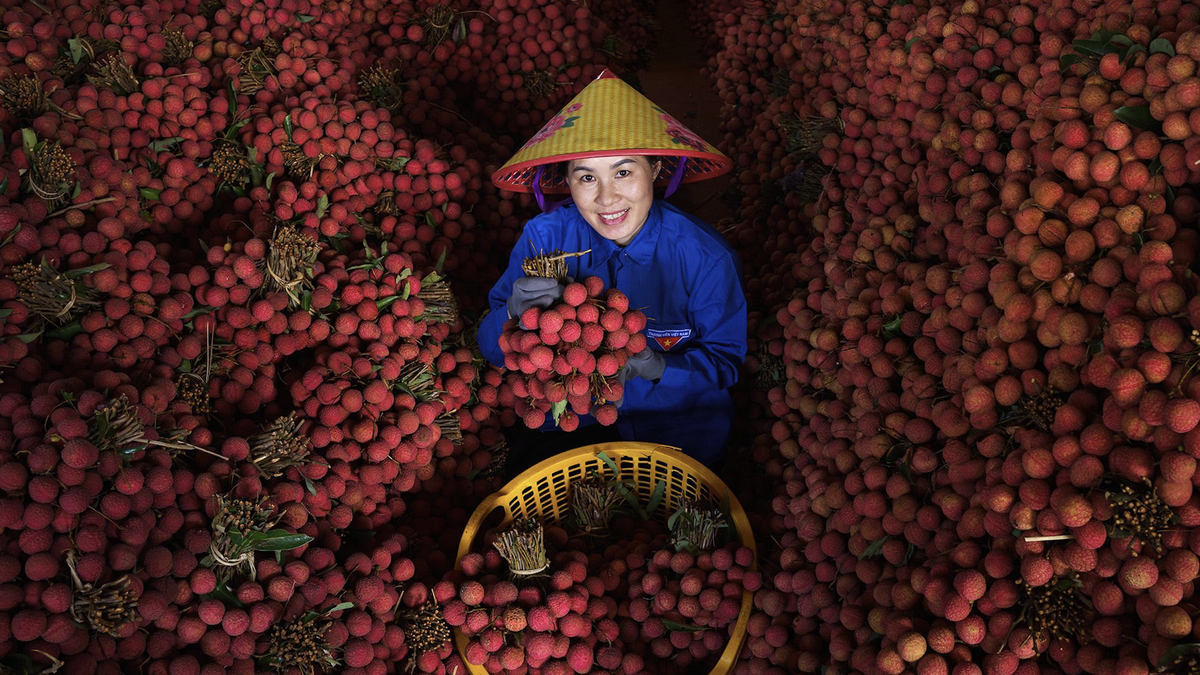
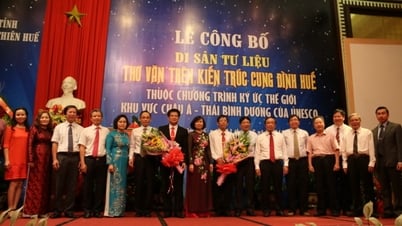

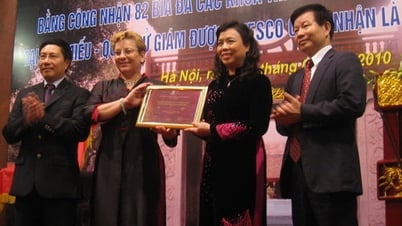

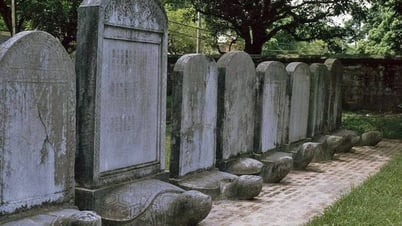

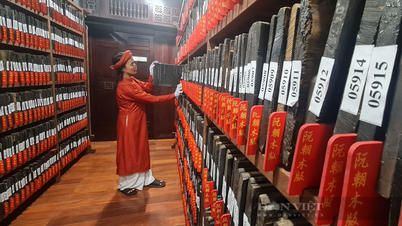



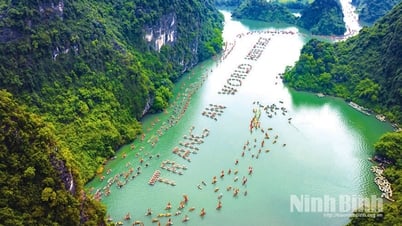

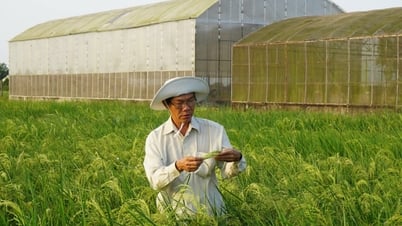

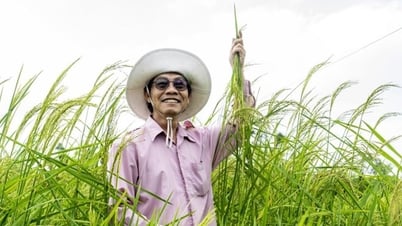

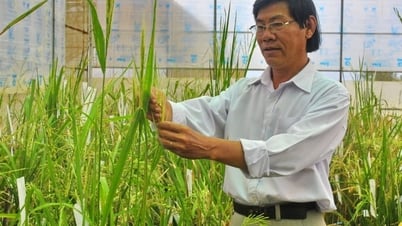



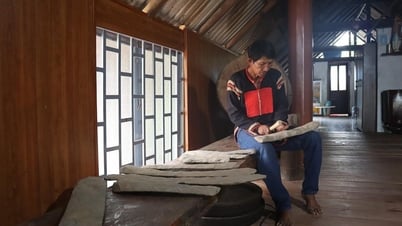

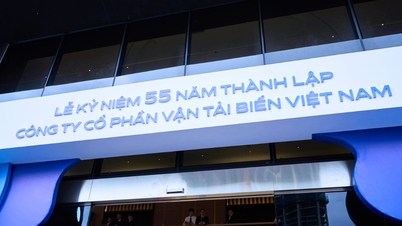


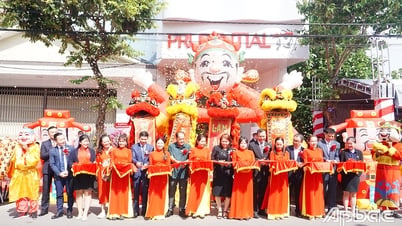



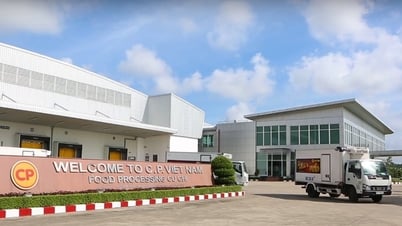

![[Photo] General Secretary To Lam attends the launch of 3 digital platforms serving the implementation of Resolution No. 57-NQ/TW](https://vphoto.vietnam.vn/thumb/402x226/vietnam/resource/IMAGE/2025/7/2/d7fb7a42b2c74ffbb1da1124c24d41d3)


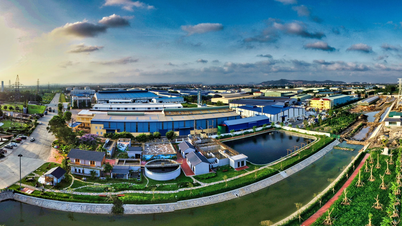

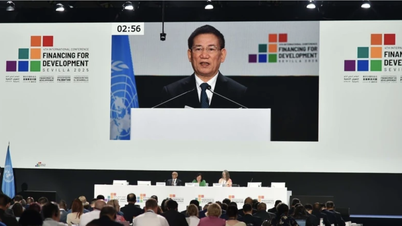


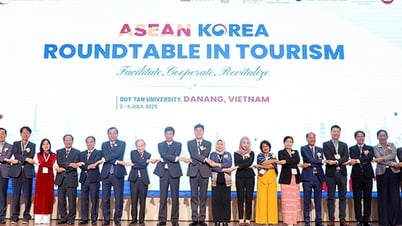
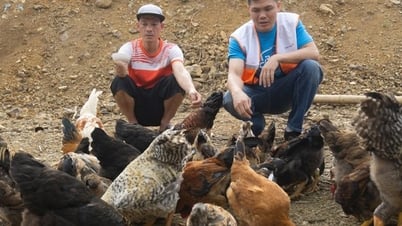
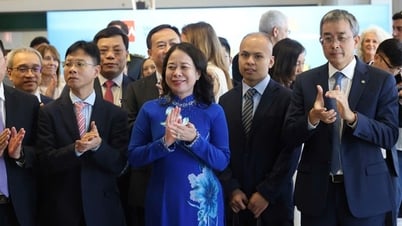


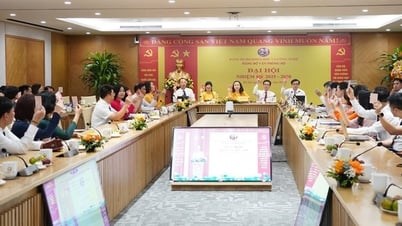





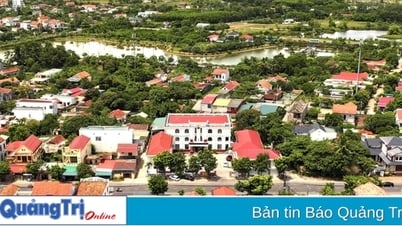



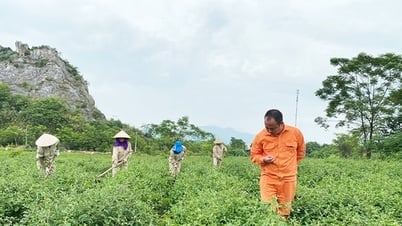









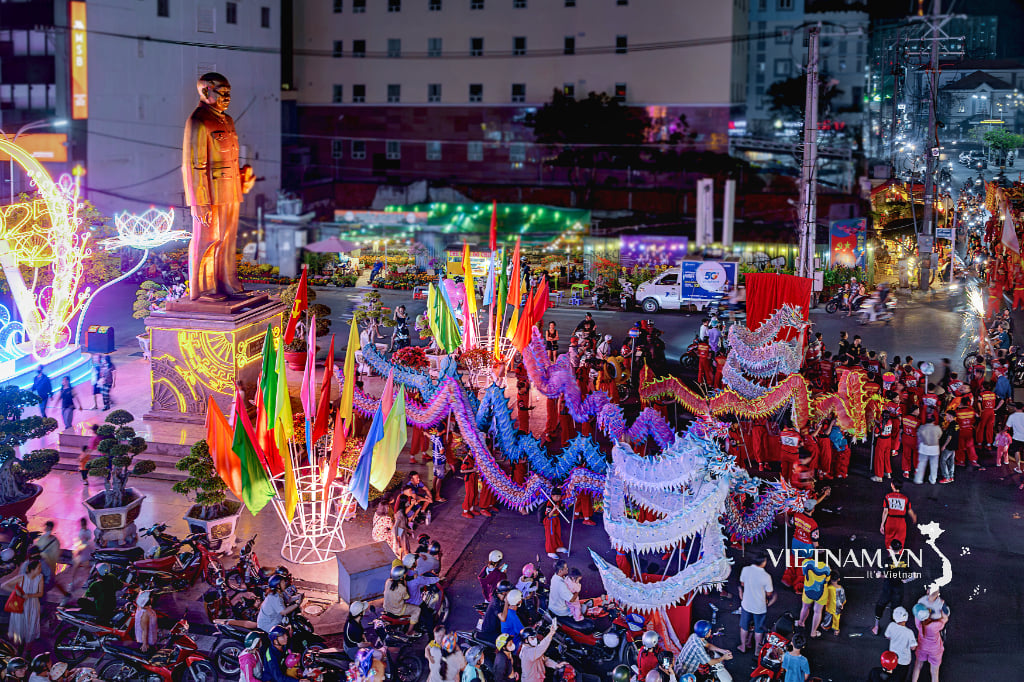


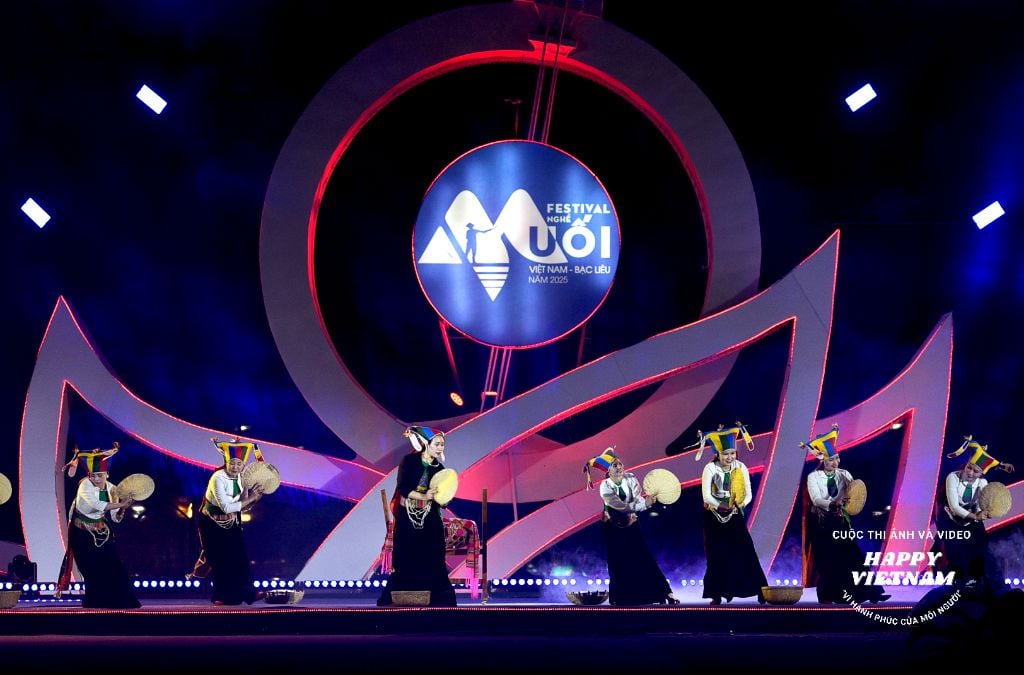
Comment (0)